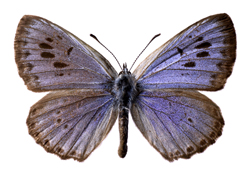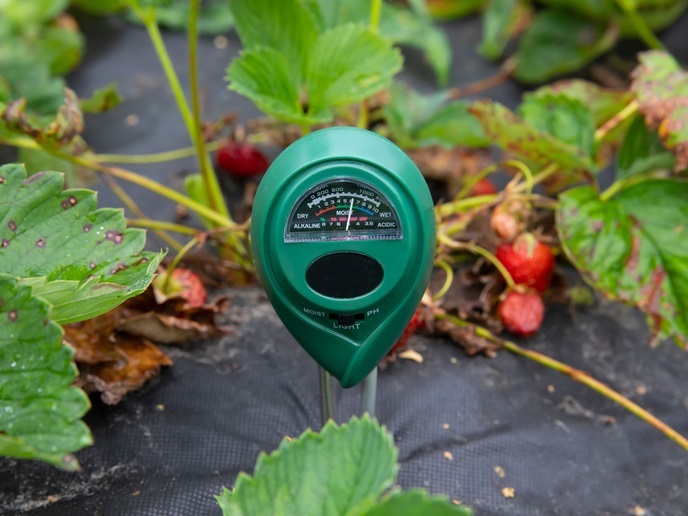Diversity in Maculinea butterflies
Maculinea larvae parasitise many different ant species by mimicking the molecules on the ant known as cuticular hydrocarbons (CHCs). However, Maculinea populations are small and fragmented and this may make them less able to adapt to new host species.The EU-funded 'Individual differences of a social parasite of ants' (INDIFFERANT) project aimed to study the differences in genetics, CHC profile and host specificity of several Maculinea populations. INDIFFERANT collected CHC profiles from Maculinea alcon larvae across the geographical range of the species in Europe. The aim was to test whether there were differences between core and peripheral populations. They found that CHC profiles were markedly different, and more variable in the core than on the periphery. This indicates that populations with two hosts reach an evolutionary compromise, rather than diverging into separate host population profiles.Furthermore core Maculinea populations could use two or more host ants. The lower genetic variation seen in peripheral populations may have reduced their ability to mimic or adapt to multiple host ants.Genetic tests will still be analysed to support the preliminary CHC data. When completed, the work of INDIFFERANT may improve the understanding and conservation status of Maculinea alcon butterflies.







